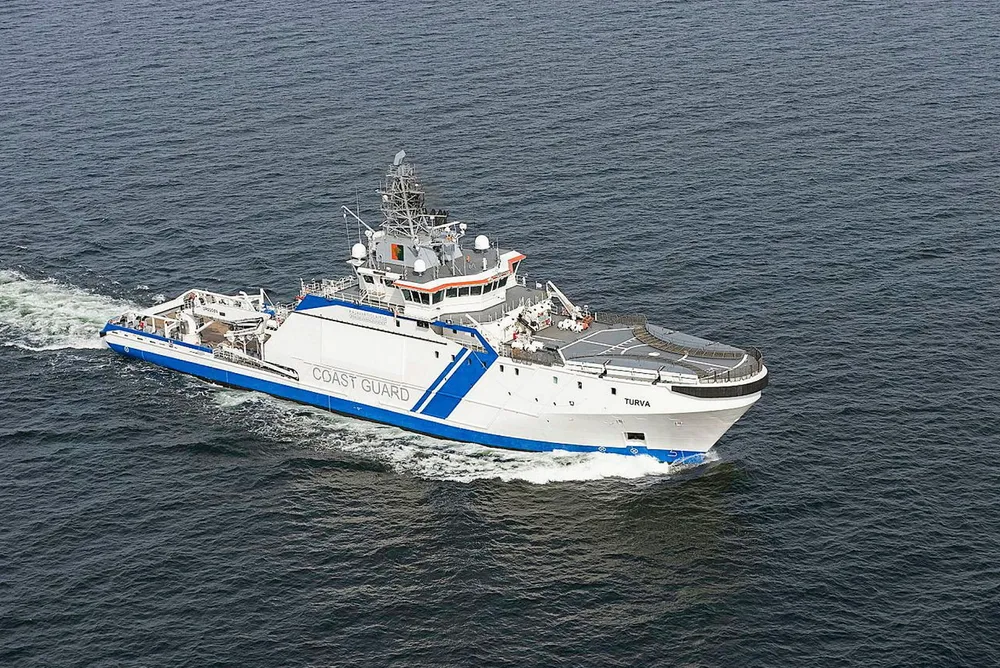Sabotage vulnerability at key European power links flagged by TSO executive
Grid links to Germany, UK, Netherlands and Denmark aren’t always well protected or fully covered, Statnett safety director tells Recharge’s sister publication Europower

Subsea power cables linking Norway to other European countries could face sabotage as they aren’t always well protected, nor fully covered, the safety director at Norwegian transmission system operator Statnett said.
Similar acts of sabotage happened earlier last year on power and gas cables in the Baltic Sea, caused by vessels under Chinese flags that had temporarily switched off their automatic identification systems and are suspected to have acted on behalf of Russia as part of the country’s hybrid warfare against Western countries.
Norway has power cables linking it to the UK, the Netherlands, Germany and Denmark, which are needed to balance out electricity shortages in one region when there is a generation surplus in another.
Asked whether it is possible to protect such cables against attacks at all, Sørli said that they are buried in the seabed in some places, covered by a layer of rocks in others, but can also lie completely exposed on the seabed elsewhere.
“This was done after a risk assessment based on the fact that there is no anchoring or trawling in the area. Or because it is not possible to cover the cables, for example where there are mountain slopes where rocks will not settle,” Sørli is quoted as telling Europower.
In areas with rocky bottoms, the cables are covered by dumping rocks over them unless the seabed is so steep that it is not possible, for example in up to 400-metre-deep Norwegian fjords.
Since Russia’s attack on Ukraine, Statnett has been in close contact with Norwegian authorities, the police and the military, but the company said it can’t monitor ship activities itself.
“We have a closer dialogue to obtain information if they learn of increased threats to our facilities. We also update our employees more often about reporting if they observe anything suspicious,” Sørli said.
Suspicious activity happened again last weekend when a Panama-flagged tanker believed to belong to Russia’s shadow fleet was reported to be circling seemingly aimlessly in the North Sea, off the town of Mandal in southern Norway, an area with several different cables on the seabed.